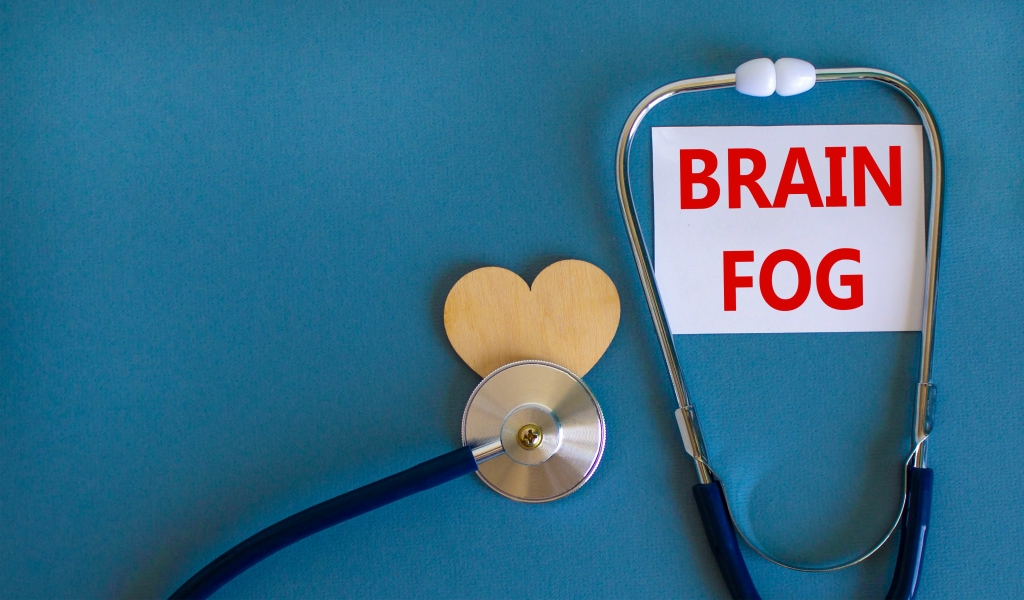Unlike food, which can take hours to digest, the body absorbs alcohol quickly — long before most other nutrients. And it takes a lot more time for the body to get rid of alcohol. It’s not necessary to have all the above symptoms before seeking medical does alcohol used in cooking effect sobriety help. A person with alcohol poisoning who has passed out or can’t wake up could die. Alcohol throws off the normal speed that food moves through them. That’s why hard drinking can lead to diarrhea, which can turn into a long-term problem.
How Alcohol Affects Your Body
Every person has their own reasons for drinking or wanting to reduce their alcohol consumption. Depending on how much you have been drinking, your body may experience physical and psychological changes as victory programs you reduce your intake, known as withdrawal. According to the Centers for Disease Control and Prevention (CDC), 12 ounces of beer, 5 ounces of wine, and 1.5 ounces of 80-proof alcohol constitute one drink.
Alcoholic hepatitis
As evidenced by these recent reviews, the harms of daily alcohol consumption may outweigh the potential benefits in the long run. But what effects can you expect to experience if you have a nightcap (or two) every day? Read on to discover the little-known effects of what happens to your body when you drink alcohol every day. And for more, don’t miss 6 Incredible Effects Of Giving Up Alcohol for One Month. Although not drinking to the point of becoming drunk is a common way people gauge how much they should drink, it can be inaccurate. Like other symptoms, the impact on mood depends on the amount and duration of your alcohol use.
- Every state in the U.S. has a legal limit (or a point at which it is legally unsafe to operate a motor vehicle) of 0.08%.
- According to the Dietary Guidelines for Americans, alcohol should be consumed in moderation — up to one drink per day for women and up to two drinks per day for men.
- Cirrhosis of the liver (severe scarring of the liver) can occur over time in those who drink excessively.
- Having a healthy gut is an important part of overall health and well-being.
- The affected brain regions controlled skills like attention, language, memory, and reasoning.
Your Skin May Improve
Tolerance and dependence can both happen as symptoms of alcohol use disorder, a mental health condition previously referred to as alcoholism, that happens when your body becomes dependent on alcohol. This condition can be mild, moderate, or severe, depending on the number of symptoms you have. People who drink heavily over a long period of time are also more likely to develop pneumonia or tuberculosis than the general population. The World Health Organization (WHO) links about 8.1 percent of all tuberculosis cases worldwide to alcohol consumption. The first day is always the hardest, but it’s also an important milestone. After 24 hours without alcohol, your body will start to detoxify and you may experience withdrawal symptoms.
For instance, Dasgupta cited research he conducted on the relationship between genetics and alcohol misuse. He noted that people of Chinese and Indian descent do not benefit from drinking alcohol due to a genetic reason that isn’t fully understood. Other studies, such as this one from 2022, have found similar results, showing no health benefits of consuming alcohol in moderation for people under 40, only risks. On the other hand, if you drink in moderation, alcohol doesn’t affect LDL and instead increases good cholesterol (HDL). Cirrhosis of the liver (severe scarring of the liver) can occur over time in those who drink excessively. They can recommend treatment options that can help, including therapy and medications.
For more information about alcohol’s effects on the body, please visit the Interactive Body feature on NIAAA’s College Drinking Prevention website. However, when researchers evaluate these potential factors, the risks outweigh any benefits. The pancreas is essential for breaking down enzymes and starches (like those in alcohol).
Alcohol can, therefore, lead to worse memory and impaired judgments, among other changes. Your lack of response to the alcohol may be related to an increase in your body’s alcohol tolerance over time. Some people are born with high tolerance; many people develop a tolerance with regular drinking.
The early stages of alcohol-related liver disease typically have no symptoms. When they’re present, the early symptoms can include pain in the area of your liver, fatigue, and unexplained weight loss. Alcohol is one of several substances that can damage your liver. Excessive alcohol meth withdrawal symptoms timeline & detox treatment consumption can cause fat to build up in your liver. This can lead to inflammation and an increase in scar tissue, which can seriously impact your liver’s ability to function as it should. There are often no notable symptoms in the early stages of alcohol-related liver disease.
If you think that someone has alcohol poisoning, seek medical care right away. If you think that someone has alcohol poisoning, get medical attention right away. Alcohol poisoning also can occur when adults or children accidentally or intentionally drink household products that contain alcohol.




